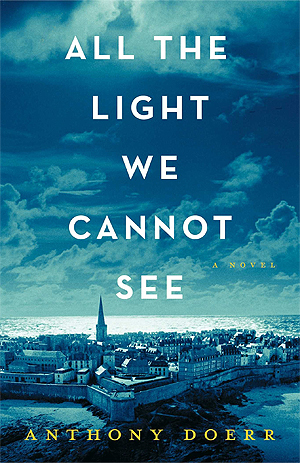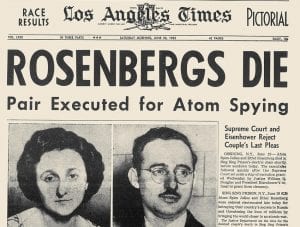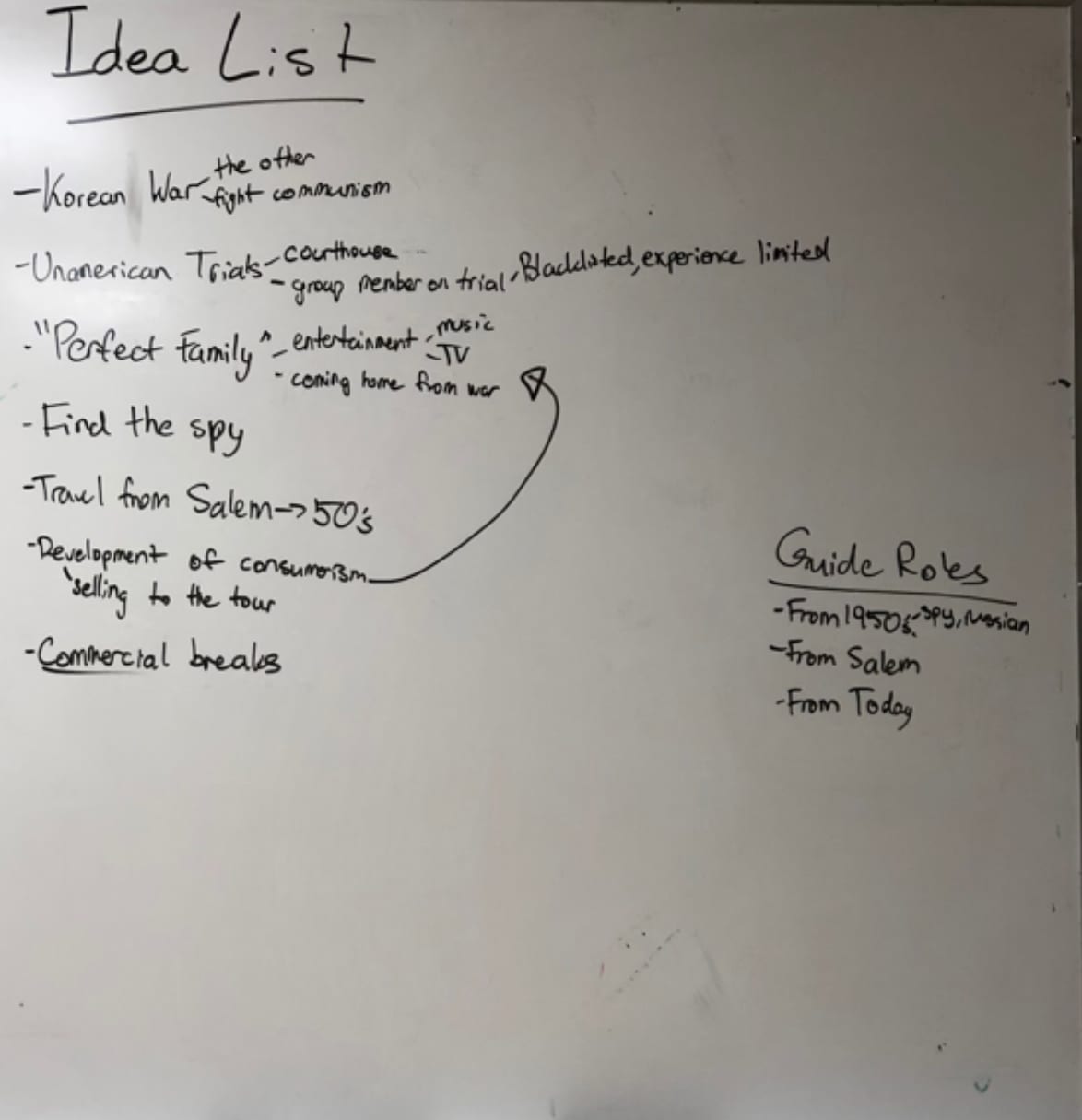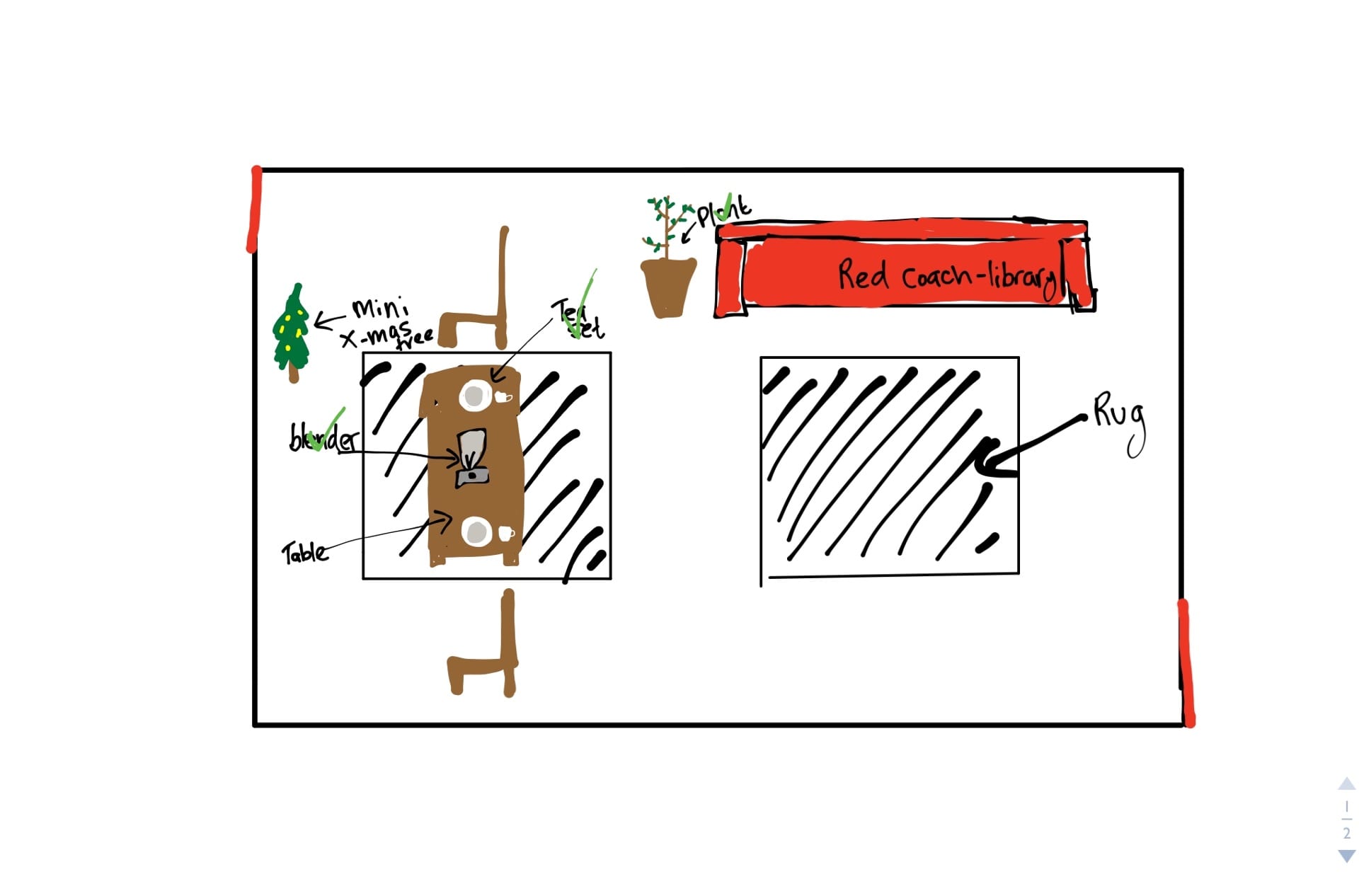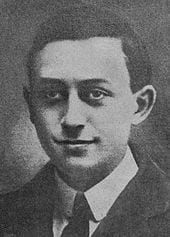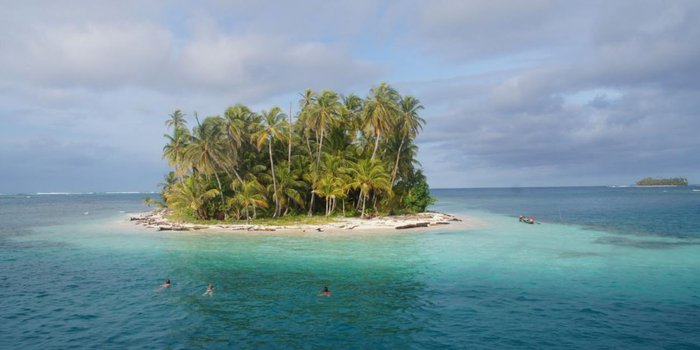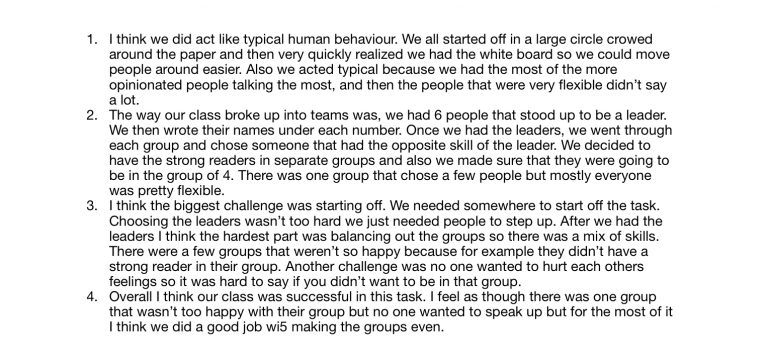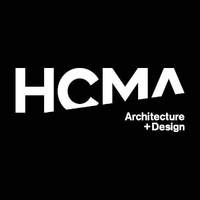This term we have covered a lot, so get comfy because this is a long one! Unlike last term where when focused on WWI, this term we were learning about WWII.More people died in WWII than in any other war. Overall there were over 40 million deaths. However, WWII was the last of other major wars. Obviously there are still wars between countries however, they are no where near as destructive as WWII. In our unit of WWII we were looking at the countries involved and how different countries each had different perspectives of WWII. Like all units, we always have a project that goes along with the theme of the unit. The theme for our unit was the perspectives of the war, the perspectives of the counties involved.
Driving question: How do we view and understand war, depending on who we are?
Before I even begin to go into depth about the project, there were a lot of steps leading up to it. Also throughout this project we had smaller assignments within it. As apart of our literature, we all participated in a novel study. For the novel study, we had three choices to read from. All of the choices were related to the topic of WWII. I chose to read All the Light We Cannot See by Anthony Doerr. Before Spring break, we were given our books and we had all of Spring break to read them. After we were done reading, our assignment was to write a book review. The end product would be to include our book reviews onto the website. I wrote a whole blog post about my book review, go check it out to read about my opinions about the novel!
To advance our knowledge about WWII, we had a German veteran from WWII visit our class. This was probably one of the most memorable experience this year! Helmut was a Nazi in the war and he shared his experiences and stories from the war. I found it amazing talking to someone who had been in WWII and just listening to his stories were so interesting. It was also interesting to hear the perspective of a Nazi in WWII. Before he visited, every student submitted questions to ask Helmut. Our teacher chose 12, I was one of those 12. The question I asked was, what were your expectations for the war and how were they different from your experiences?
While interviewing Helmut, we had one microphone set up recoding the whole interview. With that recording, individually we were going to be making podcasts. Our teacher had broken down the 1 hour recording into sections.
Our task was to chose a section we were interested in and create a 3-7 min podcast. It was pretty hard for me to chose what to make my podcast about. He talked about the battles he was in, there was a section about how there are no winners in the war, and all of the questions we asked him. I decided to focus on the question I asked. I also incorporated how he joined the army. Not going to lie but making this podcast was kind of interesting! His stories and experiences were so intriguing!
I managed to cut my audio down to around 3 mins, then I added a intro and conclusion. I also added some music to set the tone.
Here is my rough draft:
I was very proud of my podcast. I got some really good feedback, because we did a peer critique in class and I only had to change the sound level and one or two small errors. For my final draft I added better title which was a quote from Helmut.
My second draft:
Right when we started the unit, we were pretty curious and didn’t really know a lot about WWII. In groups we came up with questions about WWII that we were curious about. We then had a few lessons and watch some videos, but we kept asking more questions about the war. As I said before, we were looking at the perspectives of WWII from the countries involved. We watch a few videos in class and took a lot of notes! The videos were about major battles, such as Operation Barbarossa and the Evacuation of Dunkirk. Once we knew the counties involved it was time to get into our groups for our project. We started an episode of WWII In Colour. This video was a video about before the war. It also talked about Hitler rising to power.
Our project was definitely unique to what we normally do, this project was a research project. Our project was somewhat a class project because all together our task was to create a website about the perspectives of WWII. For our website we used Weebly.
My review on Weebly…
Lets just say there were a few issues with the website. First of all using Weebly on the iPad’s did not work well. When more than person was using the app, it would crash and not save anything. There was one day when our class had a substitute and the website wasn’t working. We tried so that only one person from each country could edit the website at a time. That still didn’t work so only one person could edit the site at a time. We came up with a router so each person had 10 mins to edit the website. After a while we tried out the lap tops. Turns out, using the lap tops, you can have multiple people editing the website at one time!!! Weebly was actually really easy to use with the computers. Overall just don’t edit Weebly on iPad’s.
Choosing the groups…
Each group was divided into different groups. To decided the country groups, each student filled out a Google Form that said what country they wanted to research. My top choice was Italy. The reason I chose Italy as my first choice, was because I knew a little but about Benito Mussolini and wanted to know more about his role in the war. Luckily I got my first choice of country to research for the website. Pretty much all of the groups had 3-4 people. Simon and Sydney were in my group for this project. Together we were going to be designing and personalizing the section on Italy.
As a class, we decided all of the different sections of the website we were going to include. We broke it up into eight sections.
They were:
- Your country, pre WWII (1939)
- 1939, the war begins
- Military/technology
- Timeline of WWII for this country
- Helmut podcast
- Details of significant battles
- Soldier details
- Your choice; in our website we had to create a section of something unique about our country
We started off the project with researching each of the topics and adding information under each title. Since this was a group project, we made a Google Doc where we could keep all of our research, also we added our teacher so she could make sure we were keeping up to date with the research.
For the website, we split our page Italy into six pages.
Our pages included:
- Intro page, we included location, language, amount of soldiers in the war, who they were allied with, etc. Most importantly, we added a goals for Italy that talked about what Italy wanted to get out of WWII.
- Before the war, the Great Depression and how that affected Italians.
- During the war, this was probably the longest page. It included how Italy entered the war, leaders, what their military status was like, and important battles Italy was involved in.
- Timeline, main events during WWII.
- Benito Mussolini, Mussolini had a major role in WWII, he was the Italian dictator and formed the axis force with Germany.
- Interesting Italy, some fun facts about Italy. This included foods, music and a famous building.
We just needed to organize our paragraphs into the website and we were good to go. As a group we split up the work. I was in charge of adding the paragraphs and writing most of them, Simon found media and organized the website, and Sydney was in charge of citing all the websites and pictures. As I said earlier, this was a research project so we had to cite all of our sources in MLA format. In class we did some activities to practice citing websites, videos and even books. Let’s just say it took a lot of explaining before everyone in the class understood. To practice for example with citing a website, we were given a website to read about “The Blitz” and we had to write a short paragraph including quotes from the website. Of coarse we needed to cite the website.
Example (we did the same for videos, and books):
The Battle of Britain
In 1940, conflicts between Germany and Britain resulted in a, “significant turning point of World War II”(Cowley). After the French signed an armistice to quite the war, Britain had to compete against Germany’s powerful military. However, Britain had a chance since Germany was facing major problems, “they had no navy left after the costly conquest of Norway”(Cowely). Britain had a very strong air defence system which benefited them in the war. After waiting for the British to surrender, on September 7th the Germans encountered their first attack on London. Since the attack was successful for Germany, this resulted in another attack on September 15 that failed, “not only with heavy losses, but also with a collapse of morale among German bomber crews when British fighters appeared in large numbers” (Cowley). This resulted with Hitler postponing a landing on the British Isles. The battle ended when Hitler suspended the Battle of Britain.
Website citations
Cowley Robert, Geoffrey Parker. “significant turning point of World War II”. (history.com). A+E Network, 2009, www.History.com Accessed Apr.11, 2018.
Cowley Robert, Geoffrey Parker. “they had no navy left after the costly conquest of Norway”.(history.com). A+E Network, 2009, www.History.com Accessed Apr.11, 2018.
Cowley Robert, Geoffrey Parker. “not only with heavy losses, but also with a collapse of morale among German bomber crews when British fighters appeared in large numbers”.(history.com). A+E Network, 2009, www.History.com Accessed Apr.11,2018.
Presenting the Website…
Before we presented our websites, we did a peer critique. Each country set up their website at a table, and in our groups we went around giving critique and feedback. Each student had sticky notes to record their notes. By the end each country had a lot of feedback and critique from other groups.
We got some pretty useful feedback. We just needed to a line some of the pictures, and fix some of the paragraphs.
A huge aspect of this project was our class was going to be presenting it to Kathleen Barter, a member of the North Vancouver School District. She also taught humanities at our school. Kathleen was essentially our fact checker. Before she visited we did a run through of all the presentations so we could revise anything. The day everyone had been anticipating came pretty fast. We set up the class room with all the tables facing the front. We had a projector at the front so we could airplay the website. It took the whole class plus overtime for all of the groups to present. Basically for the presentations, each group member had to highlight their favorite part of their page. The presentations went pretty well! Kathleen Barter left some great feedback to each group and she said she enjoyed herself.
As always there were revisions to be made. Mostly the feedback was that within each country, we should have connected each country and talked more about their perspective of the war. Our group just added another paragraph about Italy’s perspective and how Benito Mussolini, the dictator made a difference in the war. Also at the end of the battles, I added links to other counties to see their perspective. Some feedback from our teachers, was to add more media, videos, links etc. Our group also added more links and videos.
Go check out our finished website!!!!
Overall I really enjoyed this unit of WWII. We had some amazing opportunities like interviewing Helmut to increase our knowledge on WWII. I also had fun personalizing and designing the website. We took all of our knowledge and published it for other people to read. Not only did I learn how to use Weebly, but also making the website made me remember the information a lot better by writing it out and reading over it over and over again. I learned a lot about the different countries involved and how each country had a different perspective of WWII.


